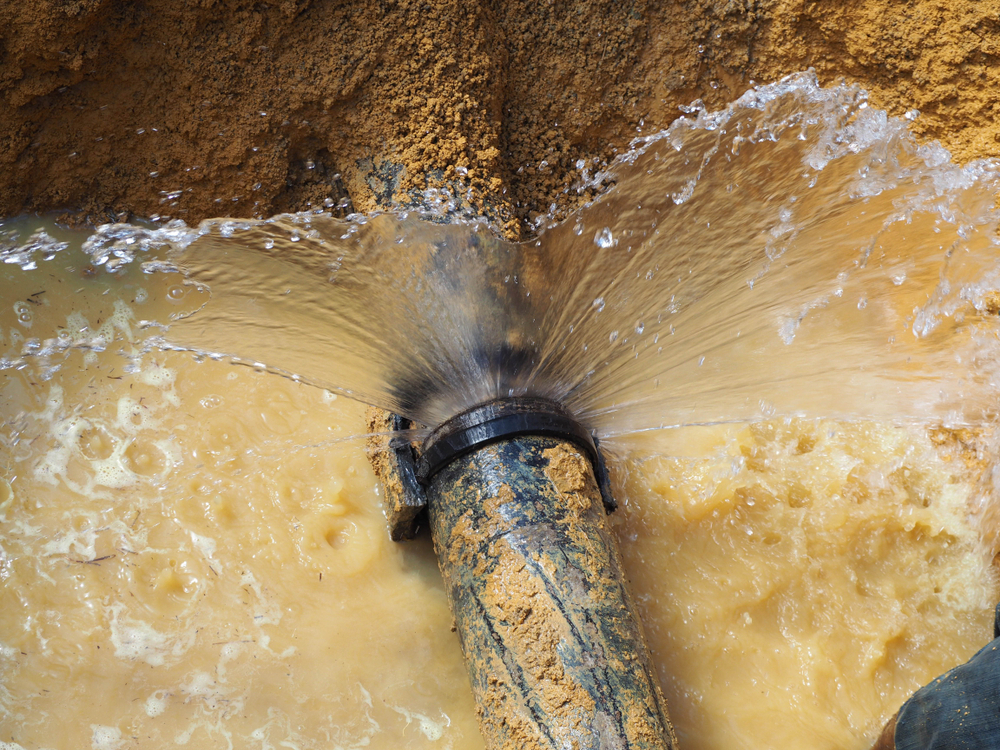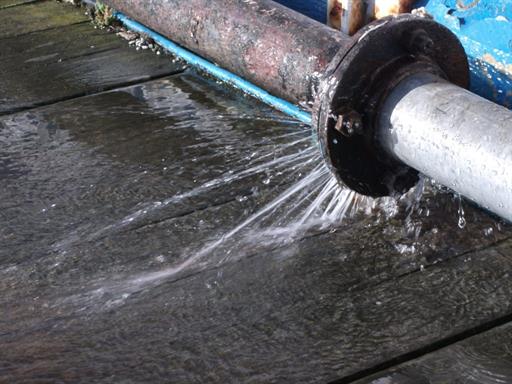How to Swiftly Identify and Quickly Fix a Leaking Pipe
How to Swiftly Identify and Quickly Fix a Leaking Pipe
Blog Article
Just how do you feel on the subject of What to Know Before Installing a Dishwasher?

A ruptured pipe is a significant emergency; you can only stand as you watch water you pay dearly to rejoin with the planet. In worse situations, you discover a pool on your kitchen floor, which is a terrific trip danger, especially if you have youngsters around. If the pipeline that ruptured remained in your wall surfaces, trouble: you might need to paint that whole area.
Just how can a calamity like a burst pipeline be protected against as well as handled? Well, by paying attention to your expert emergency plumbing technicians and also adhering to these regulations.
Exactly how do I understand when my pipes have burst?
Fluctuating water stress
Pipelines do not just burst in a day. You may have observed that your kitchen area faucet or shower doesn't run instantly when you transform the tap. It may stop briefly for a few seconds and after that blast you with even more force than usual.
In other circumstances, the water may seem normal initially, after that drop in pressure after a couple of seconds.
Damp wall surfaces as well as water spots
Before a pipe ruptureds, it will leak, most times. If this persistent dripping goes undetected, the leak might finish into a wide gash in your pipeline. One easy way to prevent this emergency is to watch out for wet wall surfaces ad water discolorations. These water discolorations will lead you right to the leak.
Puddles under pipelines and sinks
When a pipeline bursts, the outflow develops a puddle. It may appear that the puddle is growing in size, and no matter the amount of times you wipe the pool, in a couple of minutes, there's one more one waiting to be cleaned up. Commonly, you might not have the ability to trace the pool to any type of noticeable pipelines. This is an indication to call an expert plumber.
Untraceable leaking noises
Pipe bursts can take place in the most unpleasant areas, like within concrete, inside wall surfaces, or under sinks. When your house goes silent, you may have the ability to hear an irritatingly persistent trickling sound. Also after you have actually inspected your shower head as well as kitchen area tap, the dripping might proceed.
Dear viewers, the dripping might be originating from a pipe inside your wall surfaces. There isn't much you can do regarding that, other than tell an expert plumber.
Turn off the Water
When water freezes, it broadens in volume by concerning 9 percent. As well as it increases with remarkable pressure: The pressure inside pipes might go from 40 pounds per square inch to 40,000 psi! No pipe can hold that much pressure, so it bursts. The break may occur where the ice types, but regularly, it takes place where water stress discovers a vulnerable point in the pipe. That might be inches or perhaps feet from the frozen area. Locate the water shutoff valve as well as turn off the water to stop more damages. You may also need to turn off the electrical energy as well, relying on where the leaks takes place as well as just how huge it is.
Contaminated water
Many individuals presume a burst pipeline is a one-way outlet. Rather the contrary. As water flows out of the hole or tear in your plumbing system, contaminants locate their method.
Your water may be contaminated from the resource, so if you can, check if your water storage tank has any kind of issues. Nonetheless, if your drinking water is provided and cleansed by the local government, you must call your plumber instantly if you see or scent anything funny in your water.
What do I do when I find a ruptured pipe?
Your water meter will certainly remain to run even while your water wastes. To lessen your losses, find the primary controls and also turn the supply off. The water pipe are an above-ground framework at the edge of your building.
How to Fix & Detect a Leaking Pipe
How Do I Know if a Pipe is Leaking?
Leak detection tests can help you determine if your pipe has a leak. Even if you don’t see an apparent leak, you should still conduct leak detection tests regularly to save water and money—and prevent major damage to your home.
Water meter. It can be helpful to figure out what your usual water meter usage numbers are and then monitor them regularly. To monitor your meter, first, turn off all water faucets in your home. Check the meter and write down the numbers. In a few hours, check the meter again. If the numbers have changed, you have a leak. Water gauge. Use a water gauge to test your water pressure. Your showerhead should produce a certain amount of water pressure based on its model and design. If the pressure is lower than it is supposed to be for that specific showerhead, your home likely has a leak. Puddles. Look inside your bathroom, laundry, and kitchen sink cabinets. Puddles around the cabinets or around toilets, tubs, showers, and washing machines indicate the presence of a leaking pipe. You may also notice loose tiles, peeling or flaking paint, or mold caused by water accumulation. Napkin test. Even if you don’t see any puddles, you may still have a leak. You can test for water leaks in the bathroom, laundry, and kitchen by wiping below-sink connections with a napkin, paper towel, or piece of toilet paper. If it becomes damp, you probably have a leaking pipe under the sink. Discolored walls. Walls that are discolored—usually with brown or yellow stains—or bulging might mean that they have been impacted by water damage caused by a leaking pipe. Smell. A leaky pipe will create sitting water, and over time, that water may develop a musty smell. If your home smells musty, but you can’t locate the source, it may be due to a leak. Steps for Fixing a Leaking Pipe
A leaky drain can be remedied by tightening the pipe base, replacing the drain seal, caulking the rim, and tightening the pipe nut. Similarly, a leaking toilet pipe can be treated by tightening the packing nut. You may also need to replace the valve. A leaky faucet may just need tightening or replacement of the washers. If that doesn’t work, consider replacing your faucet. If your pipe has a hole in it, you may want to use a pipe leak sealer or pipe leak tape. This quick fix for water pipe leaks can also temporarily fix a copper pipe leak. https://www.ahs.com/home-matters/quick-tips/how-to-tell-if-pipes-are-leaking/

As a serious reader on How to install a dishwasher safely, I assumed sharing that article was really helpful. Do you know about another person who is truly interested in the subject? Why not share it. We value reading our article about How to Install and Connect a New Dishwasher.
Contact for excellence! Report this page